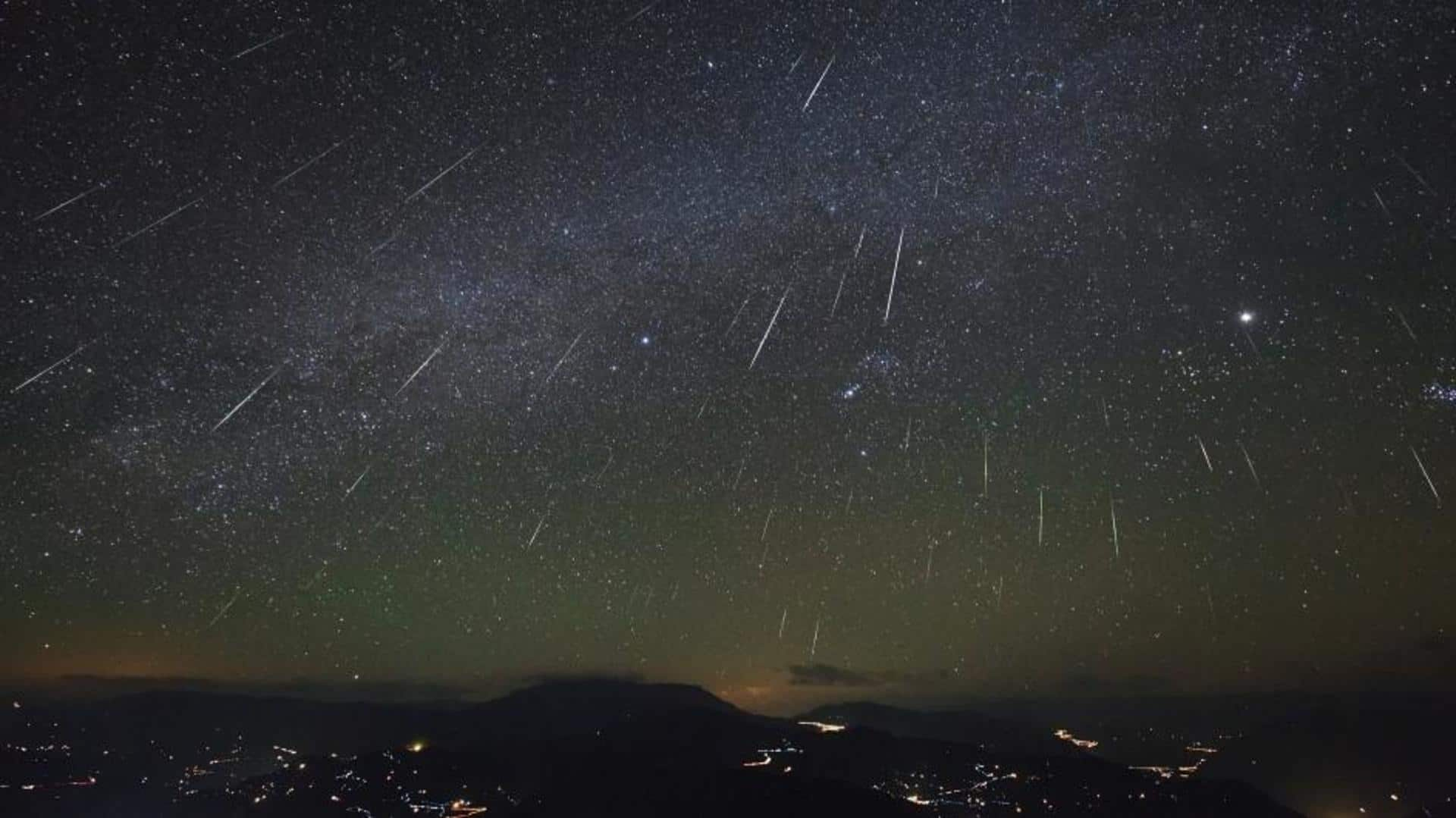
NASA probe sheds light on origin of Geminids meteor shower
What's the story
The Geminids meteor shower is one of the most stunning celestial events and one of the most intense meteor showers to occur every year. Unlike most meteor showers which result from comets, the Geminids originate from an asteroid, called 3200 Phaethon. NASA's Parker Solar Probe mission has now provided more details on the unusual origin of the spectacular Geminids meteor shower.
Context
Why does this story matter?
The Geminids meteor shower was first discovered in 1983 and is one of the events stargazers ardently look forward to. Despite just how well-known the meteor shower is, there seems to be a lot that we may not know about it, particularly its origin. Thanks to the Parker mission, scientists now have a better idea.
Event
First, let's understand what happens during a meteor shower
Most meteor showers we see on Earth originate from comets, which are composed of ice and dust. When a comet passes close to the Sun, the ice melts due to the heat. In the process, it leaves behind a trail of dust and debris in its wake. Meteor showers are produced when Earth passes through the debris particles left behind in the comet's orbit.
Finding
Unlike comets, Asteroids are not affected by Sun's heat
Interestingly, asteroids like 3200 Phaethon are not affected by the Sun's heat the way comets are. "What's really weird is that we know that Phaethon is an asteroid, but as it flies by the Sun, it seems to have some kind of temperature-driven activity. Most asteroids don't do that," said Jamey Szalay, a research scholar at Princeton University.
Finding
Parker mission's data sheds light on the origin of Geminids
By using the Parker probe, scientists were able to get a closer look at the dust grains left behind by passing comets and asteroids. Using this data, scientists modeled three possible scenarios as to how the Geminids meteor shower could have formed. These models were then compared with existing models generated from Earth-based observations to answer the unusual origin of the familiar meteor shower.
Information
Geminids meteor shower originates from a sudden, powerful event
According to the study, published in The Planetary Science Journal, the Geminids meteor shower could have formed from a "sudden, powerful event." It could be the result of the high-speed collision of asteroid Phaethon with another cosmic object or perhaps even a gaseous explosion.